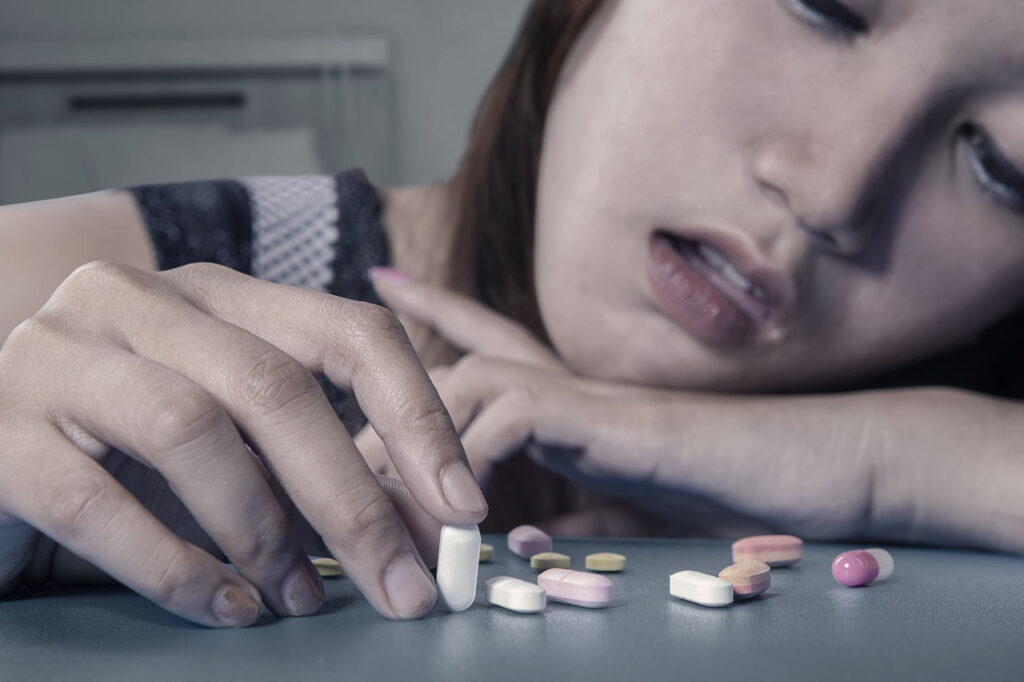The effect that addiction has on the family and society is huge and ripples over to the economy and social fibers. In an attempt to help solve this problem, there has been a surge of treatment programs, which have immensely helped in the treatment of these addictions.
However, some people view this as a business opportunity and use the existing need for medical care as a way to extort money out of desperate and unsuspecting users. That is why wisdom is required in choosing a program for you and your loved ones.
See more are some pointers to make sure that you choose the opioid treatment programs:
Assessing the goals and the effectiveness of the program:

Different treatment programs will tailor their own goals as they see fit. It is, however, important to make sure that the center adheres to these three common goals as they are most important:
- Working towards a life free from substance abuse by reducing and regulating/ eliminating substance use.
- Increasing the functionality of the different aspects of life
- Reducing the relapse frequencies and severity
The road to getting free from addiction is holistic and long. Many times, the addiction has seeped into the functionality of other areas of life and complex problems have been created in relationships, professional and behavioral aspects. There might also be other mental illnesses that have been developed along the way that will need attention.
A good program should also include action plans to help solve these other problems and also explore spirituality and purpose. There should also be education to prepare patients for dealing with relapse sessions and identify their triggers and how best to avoid them.
Availability of Different Treatment Models and Approaches:

Different models can be applied in the treatment process of the patient. The three base models are:
- Psychological model: this model focuses on an individual’s emotional state while incorporating psychotherapy and other therapy models as deemed fit by the professional in charge.
- Medical model: this focuses on the genetic predispositions that can be a cause of addiction. There is also the use of pharmacotherapy to treat addiction with drugs such as methadone to manage withdrawals.
- Sociocultural model: this involves the use of social structures and relationships in the treatment process. There is a use of other people in recovery to teach and motivate each other or people who are new to the program.
The choice of a program to use is based on the goal of the patient and the advice of the medical practitioner depending on the patients’ history. Sometimes, a blend of the different models can be used to achieve the best results.
The different therapy models that they can explore include:
- Cognitive-behavioral therapy (CBT)
- Dialectical Behavior Therapy (DBT)
- Motivational interviewing
- 12-Step Facilitation Therapy
- Eye Movement Desensitization and Reprocessing (EMDR)
- Rational emotive behavior therapy (REBT)
Existence of an Effective Treatment Process:

On top of choosing the model or approach that is best for the patient, different treatment processes can help aid in the full recovery of the patient. The aspects include:
Coming up with an effective treatment plan: this plan should be customized to meet the individual needs of the patient while making space for future changes and advancements.
Doing assessments regularly: will help to evaluate the progress of the patient and also inform on the way forward. It will help to know whether the treatment is working and what can be done to make it better. Reports and other written documents will help keep the records for present and future references.
Winning the confidence and trust of the patient: this is important as, without trust, it will be impossible to advance in the therapeutic aspects of the treatment. It also reduces dropouts from the program and encourages participation.
The treatment process should also incorporate other factors such as gender disparities, religious inclinations, and socio-economic backgrounds in the treatment process. This will help to customize the program and also learn if there are triggers to the addiction. It is also important to get a program that educates the patient about the process and keeps them in the loop for their action plans.
There should also be an inclusion of social and community aspects to the treatment. Some programs may include family therapy where the family of the affected patient also gets an opportunity to recover from the harm done by the addiction of their family member.
Adherence to Security and Confidentiality Agreements:

There is a legal requirement that states the need to keep the information about the patients confidential. These laws were designed to help avoid stigmatization and discrimination by other members of society and encourage patients to enroll and get the necessary help.
When referrals are made by a primary care clinician, the written permission of the patient is needed unless it is a medical emergency or there are suspicions of child abuse. In the case of suspected abuse, the relevant authorities should be informed so that action can be taken against the abuser. This will help the patient to be at ease knowing that they are safe and do not need to meet with their abuser again. Their negative and depreciated state of mind can be better taken off and relapse will be less likely to happen.
You can carry a checklist of questions to help you with choosing the best program. The questions may vary according to what you aim to achieve. An example of these questions would be:
- Do they offer a program that is suitable for a person of age (x)
- Do they offer a program that is suitable for gender(x)
- Are the values and principles being impacted here similar to the ones I want to acquire or my loved one to acquire?
- Is the program holistic and does it address issues (x)
Armed with the relevant information and guidelines, it is possible to choose wisely and get the best out of a program. A good program has your best interests at heart and is genuinely concerned for you or the welfare of your loved ones.







